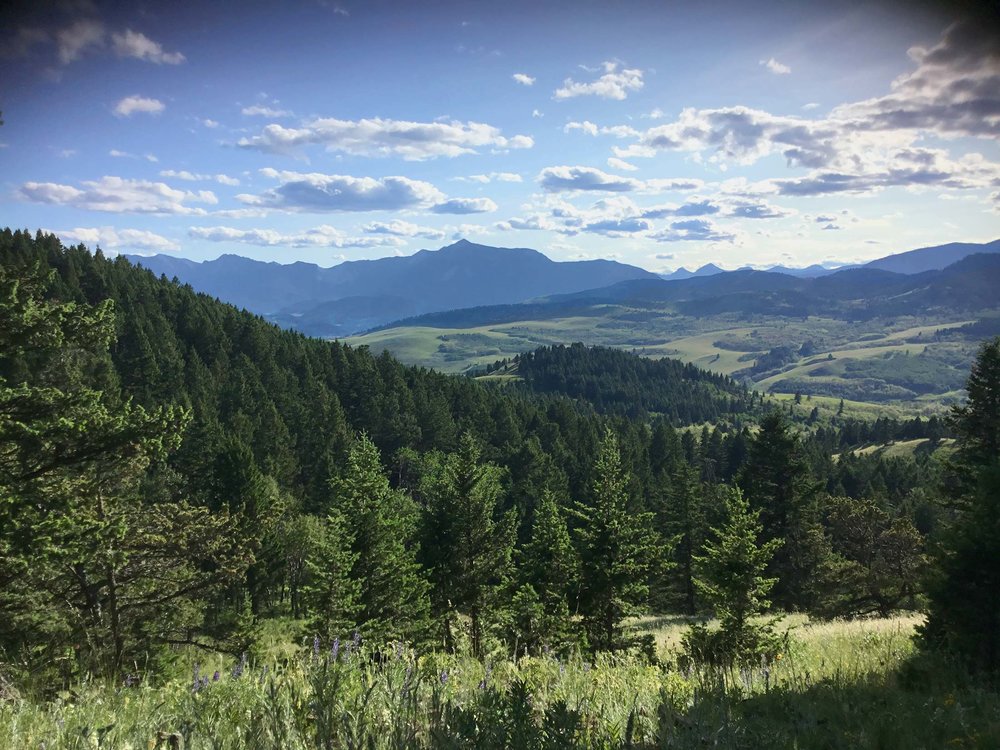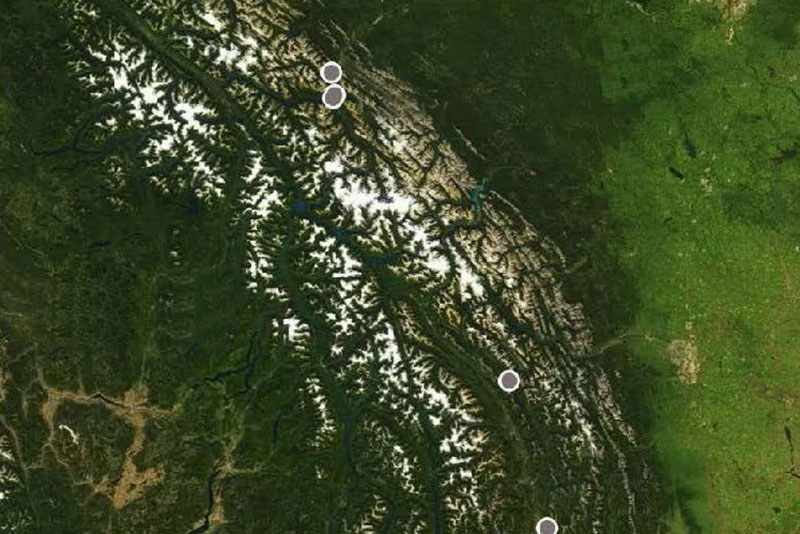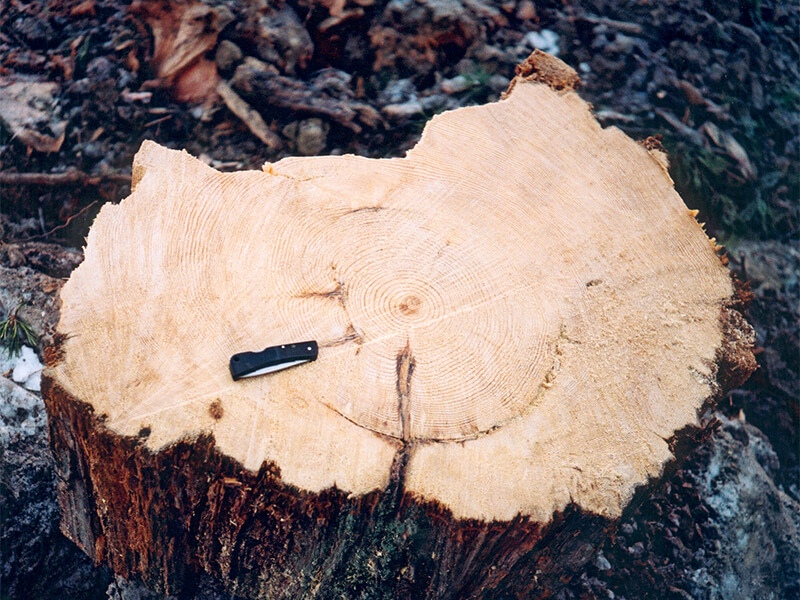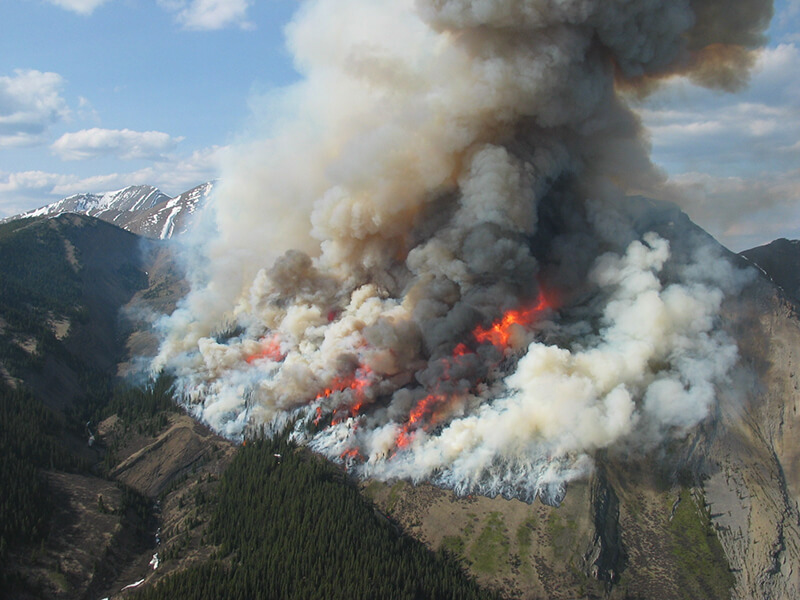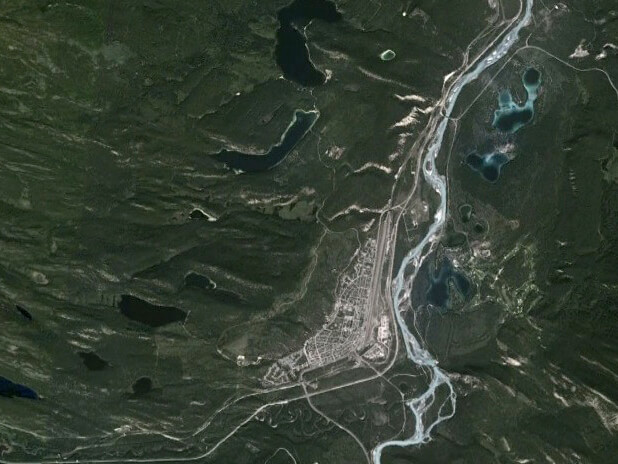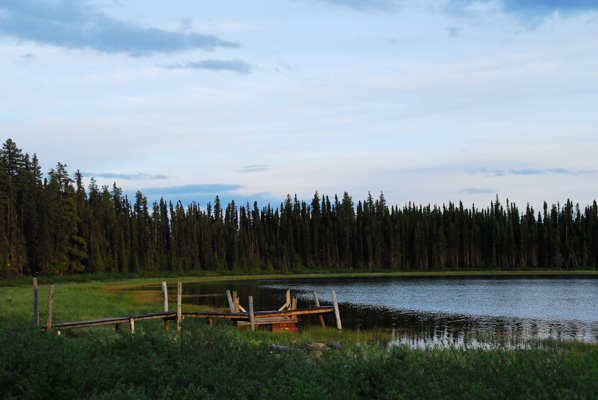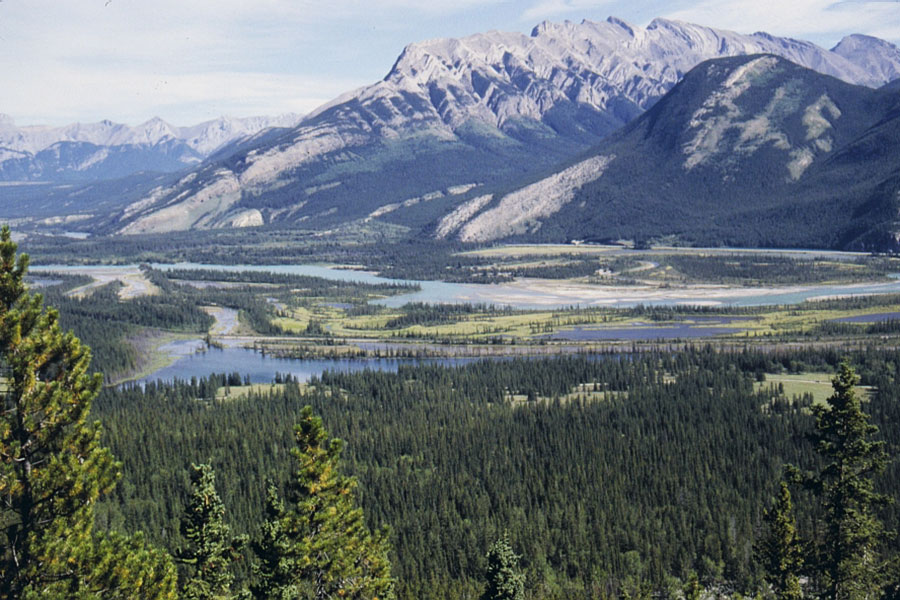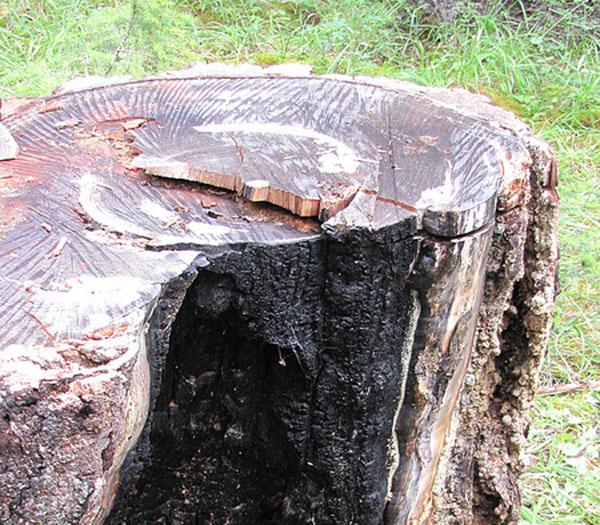
Historical Fire Regimes, Water, and Climate in the Foothills
This project on the historical fire regimes in the foothills, and the relationship to water quality, land use, and climate change builds on the findings of a series of past projects, beginning with the Natural Disturbance Program’s 1999 Island Remnants Project. That project found an unexpected number of historical wildfires with very high remnants, challenging long-held assumptions about fire severity.
The Healthy Landscapes Program expanded the scope of that research with this project, which will provide a better understanding of low severity wildfire.
This project looks at long-term (i.e. 2000 year) trends in wildfire activity in the Canadian Rocky Mountains and foothills.
This research is an excellent example of not only how knowledge grows, but also the value of a coordinated long-term research program. When the Healthy Landscapes Program began 15 years ago, it was generally accepted that stand-replacing fires that killed all or most of the vegetation within their boundaries dominated foothills and boreal landscapes. Our findings from the Natural Wildfire Patterns research suggested that this assumption was questionable. Many natural wildfires left considerable amounts of live vegetation, and high levels of mortality were rare.
This got us thinking. If our long-held assumptions about historical fire severity are in dispute, then perhaps we should be reconsidering other historial fire regime parameters such as size and frequency.
To test this new theory, we invested in a pilot study north of Hinton, Alberta. That study provided enough evidence of a mixed fire regime to warrant the expansion to the Rocky Mountains. Current research activities involve academics from four Canadian Universities.
Selected Resources
Field Tour 2013 – Proceedings (with links to video, audio and documents)
Manuscript: Amoroso, M., L.D. Daniels, M. Bataineh, and D.W. Andison. 2011. Evidence of mixed-severity fires in the foothills of the Rocky Mountains of west-central Alberta, Canada. Forest Ecology and Management. 262: 2240-2249.
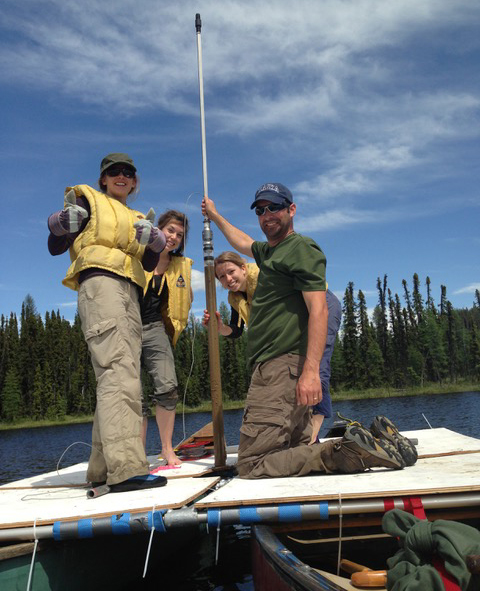
Determinants of Fire Activity During the Last 3500 Yr at a Wildland-urban Interface, Alberta, Canada
B
- Bandaloop Landscape-Ecosystem Services
M








